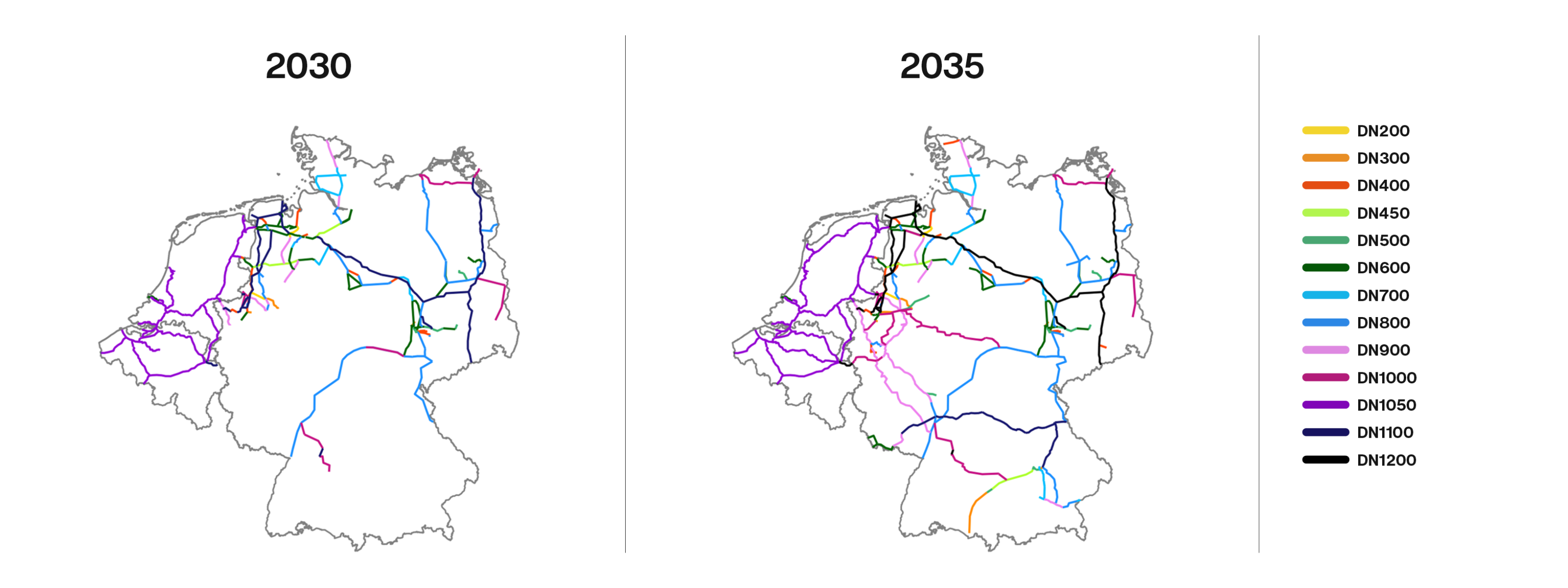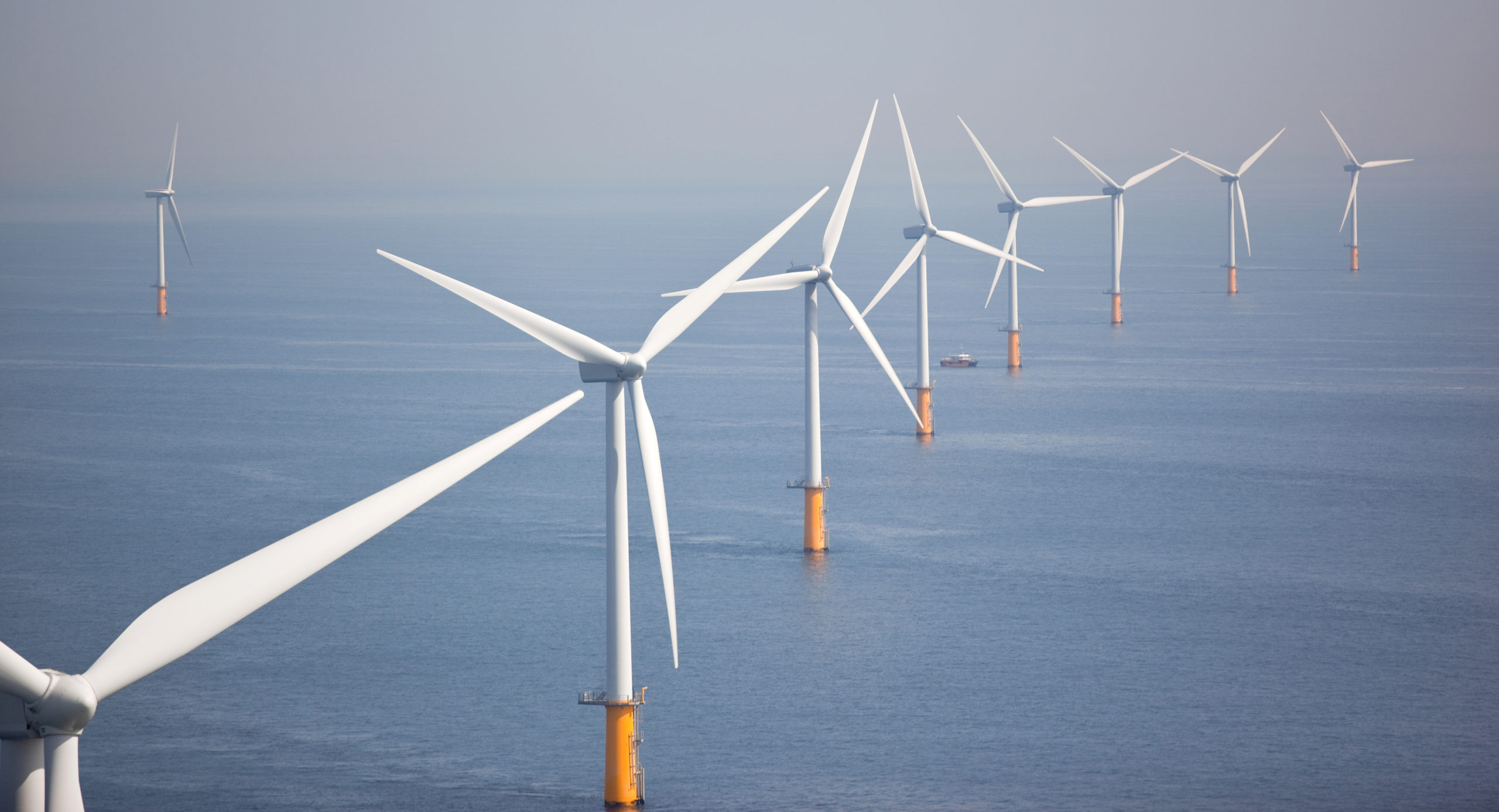
Program
Read all about our research program for 2024
Overall goals of the HY3 project
The overall goals of HY3+ in 2024 are to:
- Provide independent advice on priorization in the roll-out of the currently envisioned hydrogen backbones in Belgium, Netherlands and Germany, before end of 2024.
- Provide a platform, bringing different parties in the hydrogen value chain together: a unique chance to join forces, learn about each others experiences, projects and individual and common risks/bottlenecks, and thereby pursue a common objective.
Subgoals of the project
To reach these goals, the project aims to:
- Obtain a clear insight in the expected rollout plans and implement these in one combined model, with local grid balancing algorithms;
- Determine supply, demand and storage scenarios for 2030 and 2035 through PESTLE analysis and translate these to local, hourly supply and demand rates.;
- Identify critical areas in the network for the different scenarios;
- Identify solution options, and provide insights to understand whether the network and storage sites can facilitate the desired security of supply and security of demand;
- act as a knowledge sharing platform.

Basic scope
HY3+ builds upon the successful HY3 project. Minimum scope of HY3+:
- Geographical scope: Belgium, Netherlands, Luxemburg, Germany
- Technical scope: Dynamic H2 process flow, scenarios by 2030 and 2035, on hourly time scale
- Hydrogen sources: Green, Blue, Offshore produced, imported per ship, import via pipeline
- Socio-technical scope: Conducting PESTLE analysis to improve model simulations and explore mitigation options
Deliverable
A public report that includes the conclusions and recommendations of the study, containing a detailed infrastructure roadmap with suggested strategic projects, key conditions, risks and mitigation options.
Approach
This study is performed in an agile way of working, and consists of 4 phases:
- The minimum viable product phase, where we show that the model is capable of incorporating dynamic feed and consumption in of hydrogen into the network, such that the key KPI's can be evaluated. Input and output are still theoretical.
- The alpha results, with more realistic input and output
- The Beta results, with the final results of the study
- The final results
In each phase, the results are discussed in steerco meetings, which gives the consortium the latest insights in the strengths and weaknesses in the network. Based on the feedback in these meetings, the priorities for the following phase are identified.

That’s our program. Read more about our results.
Learn about our results
Interested in learning more about what we have achieved? Read more about our results below.